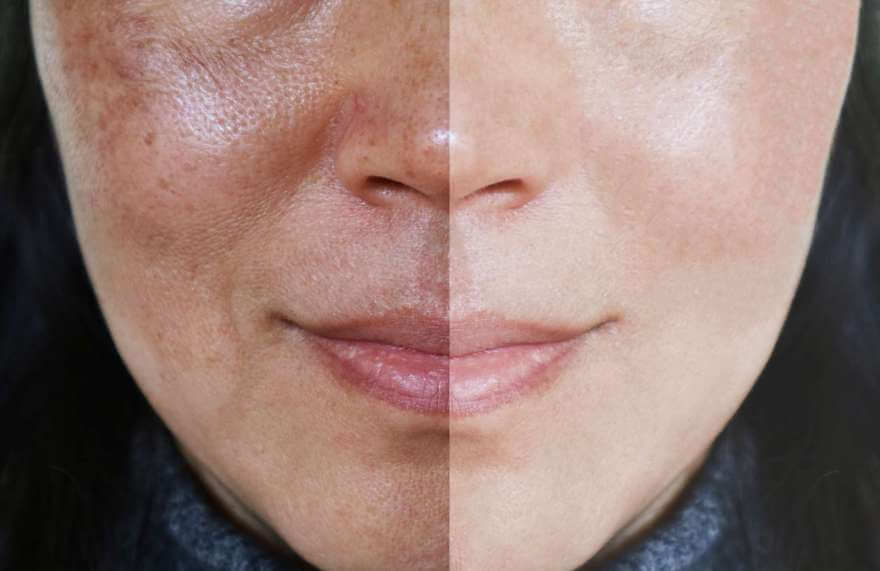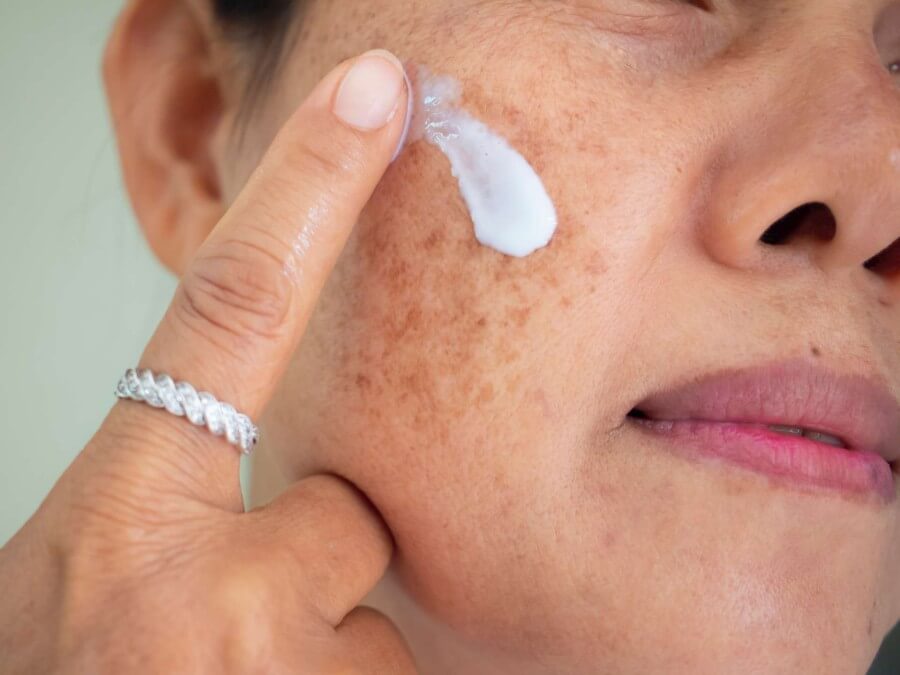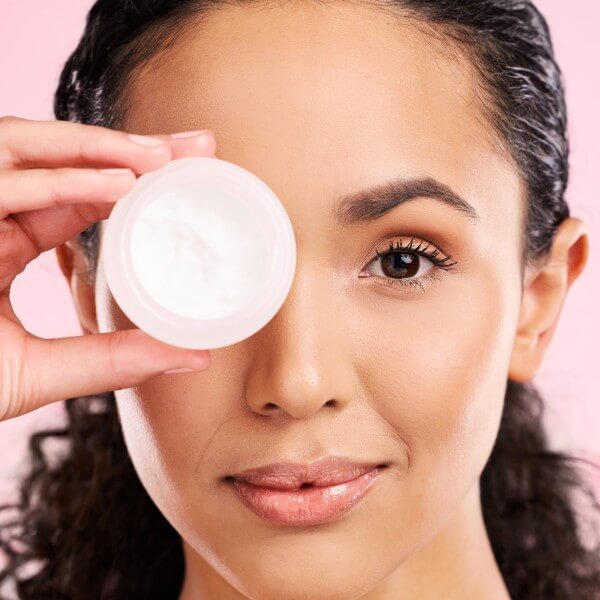Clean Beauty, Ingredients, Skin Care
What is tranexamic acid?
Tranexamic acid (a synthesized lysine) was originally used to treat or stop excessive blood loss during surgeries or trauma situations. It can also be taken orally to help with heavy menstrual bleeding. In the most simplistic explanation, it helps slow the breakdown of clots, in turn slowing excessive bleeding. But in the 1970s a medical expert noticed that patients treated with tranexamic acid experienced skin brightening and lessening of skin discolorations.
Fast forward to today and you’ll likely find tranexamic acid in some of your favorite skin brightening serums and creams. Its ability to fade discoloration, brighten skin tone, and even reduce the appearance of acne scars, has propelled this ingredient to hero status.
Unlike AHAs and BHAs, tranexamic acid is not an exfoliant but instead works by disrupting the cells that produce melanin. By inhibiting this pigment cellular engine, it can lessen the severity of discolorations and improve skin tone and clarity. The gentle nature of tranexamic acid also makes it suitable for a wide variety of skin types. It also seems to improve the skin barrier helping to alleviate common skin inflammations.

Tranexamic acid, when studied as a treatment for melasma, proved effective at 3% concentration. And at 5% concentration it was as effective as hydroquinone without the negative issues. Results are typically seen in about six weeks or more but visible results can be seen more quickly in some cases.
Tranexamic acid also helps with acne related post-inflammatory erythema (PIE) which is the close cousin of post-inflammatory hyperpigmentation (PIH). PIE are the troublesome pink or redness that lingers after blemishes subside. PIH are the dark splotches or uneven tone left behind post breakout. Both are helped by regular tranexamic acid. Combine its brightening ability with its calming characteristics and you’ll understand why tranexamic acid is often found in acne products as well.
This ingredient pairs well with other known brighteners such as niacinamide, vitamin C, and kojic acid. As previously mentioned, tranexamic acid is well tolerated by most skin types. So, it’s the perfect complement to most skin care routines – especially if you’re challenged by melasma, PIE, PIH, or other acne-related skin tone issues. It’s certainly worth a try if you face current or past blemish problems.







